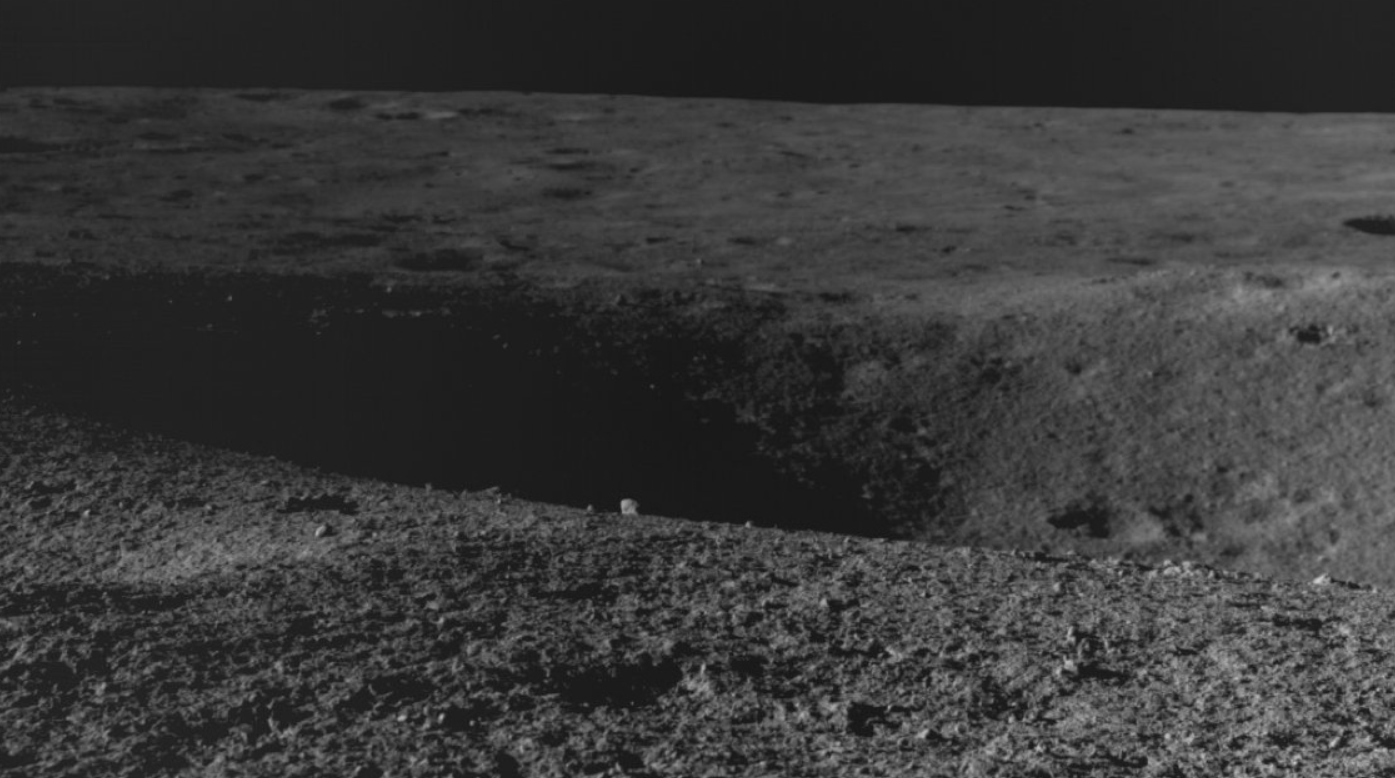On August 27, the Indian Space Research Organization (ISRO) released a temperature variation chart between the lunar surface and a point about 8 cm deep, measured by the ChaSTE instrument aboard the landing module of the Chandrayaan-3 mission.

This temperature probe was jointly developed by a team from the Space Physics Laboratory of the Vikram Sarabhai Space Centre (VSSC) and the Physical Research Laboratory (PRL) in Ahmedabad, India.
Previous research and missions have confirmed the temperature differences on the Moon’s south pole. Some craters that never receive sunlight can be extremely cold, reaching as low as -233°C. On the other hand, some areas receiving sufficient sunlight can heat up to 50°C and higher.
Chandrayaan-3 Mission:
— ISRO (@isro) August 27, 2023
Here are the first observations from the ChaSTE payload onboard Vikram Lander.
ChaSTE (Chandra's Surface Thermophysical Experiment) measures the temperature profile of the lunar topsoil around the pole, to understand the thermal behaviour of the moon's… pic.twitter.com/VZ1cjWHTnd
The results of the ChaSTE study reflect this temperature difference between the lunar surface, covered with lunar regolith — loose rock and dust — and a layer about 10 cm deep.
The obtained data indicate that on the lunar surface in the region of the south pole, where the landing module is located, the temperature varies between 40-50°C. However, at a depth of 80 mm below the surface, it drops to around -10°C, which turned out to be higher than expected by scientists.
About the Chandrayaan-3 Mission
The Indian mission Chandrayaan-3 successfully landed on the Moon on August 23, making India the fourth country to achieve this feat after the Soviet Union, the United States, and China. Shortly after landing, a rover rolled out onto the lunar surface using the landing module’s ramp, officially becoming the first vehicle to operate on the Moon’s south pole. The mission will last for only 14 days.
The southern polar region, where the Indian spacecraft successfully landed, is of great interest to scientists. Previous data indicate that it contains deposits of water ice in permanently shadowed areas. Water on the Moon could be used by astronauts for drinking or for producing fuel and oxygen.
Earlier, we reported on how Chandrayaan-3 filmed the far side of the Moon’s surface before landing.
Source: thehindu.com

